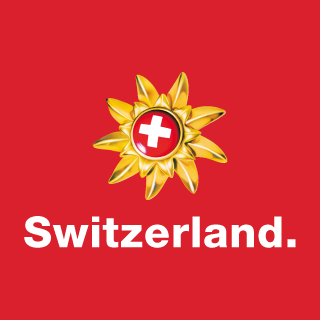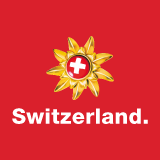Treasure troves of knowledge in St.Gallen. A search for clues with Philippe Narval.
Intro
A site of knowledge for over a thousand years, St.Gallen is a place where the most valuable manuscripts are collected and preserved. This tradition is carried on at the University of St.Gallen. The new SQUARE campus is an impressive learning centre and possible prototype for the university of the future. Together with the artistic director Philippe Narval, we go on the hunt for traces of the city’s founts of knowledge.
St.Gallen
The metropolis of eastern Switzerland between Lake Constance and the Appenzellerland boasts a charming, traffic-free old town. The city is famous for its colourfully painted oriel windows. The Abbey District, with its Cathedral and Abbey Library, is a UNESCO World Heritage site.
The future of learning
SQUARE at of the University of St.Gallen has become a prototype for the university of the future. The building by Japanese architect Sou Fujimoto is a meeting place for bright minds from the worlds of business, politics, culture and science, who enter into a dialogue with the public and inspire each other. For lecturers and students, SQUARE offers an open learning environment where everyone can meet and learn together in the open galleries.
Philippe Narval has been the artistic director of this innovation space since the beginning of 2022. Born in Austria in 1977, he completed his schooling at the Lester B. Pearson United World College in Canada and earned degrees in history and education from Oxford University and King’s College London. Narval has worked in various countries in the management of international NGOs, social work and independent cultural organisations. A new chapter in his career begins with the management of SQUARE.
With SQUARE, we have entered new territory. We don’t know yet where the journey is going.
Art and science in dialogue. A visit to the Art Library of the Sitterwerk Foundation.
During the tour of SQUARE, Philippe Narval shows a work of art called “Through the forest of thorns, a single path” by Mai-Thu Perret, a Swiss artist. This artwork was produced in the Kunstgiesserei foundry of the Sitterwerk Foundation in St.Gallen. This art foundry is a large workshop that produces and restores plastic works of art on behalf of artists, galleries and museums.
The Sitterwerk’s Art Library contains some 30,000 books on sculpture, architecture, photography and materials science. Thanks to digitisation, all books are inventoried and can be sorted in all kinds of different ways. The Material Archive is also in the same room, so material samples and books can be shared. The library has a unique collection on art, production, craft and materiality and is open to the public.
What I admire about Sitterwerk is that the art foundry is always reinventing itself and working boldly with new materials and partnerships.
Interwoven with St.Gallen: The textile industry.
Architect Sou Fujimoto drew inspiration from St.Gallen lace when designing the ceiling tiles in SQUARE. This is not a coincidental reference, explains Philippe Narval, because St.Gallen owes much of its progress to the textile industry. This history comes to life in the Textile Museum St.Gallen. It houses one of the largest textile collections in Switzerland and presents interesting exhibitions of historical embroidery and lace centres as well as contemporary textile art.
The Textile Library on the second floor of the Textile Museum is also particularly impressive, offering a wide selection of books, catalogues and templates on the subject of textiles. A visit is not least worthwhile because of the magnificent hall in the style of historicism. Hundreds of pattern books, fashion drawings and photographs are kept in the showcases and cabinets. Selected sample books, which are available for viewing in the Textile Library, give an impression of the beauty and diversity of machine embroidery in Eastern Switzerland.
The beauty of St.Gallen is that history comes alive here, such as in the Textile Museum.
A world-class library. A visit to the Baroque Hall of the Abbey Library of St.Gallen.
Whether textile industry, art production or university: all this would not exist if the Irish wandering monk Gall had not paved the way for the founding of the city of St.Gallen by establishing the Benedictine monastery. The St.Gallen Abbey District with its magnificent baroque Abbey Cathedral forms a unique historical ensemble. The Abbey Library – one of the oldest and most beautiful in the world – is at the heart of the Abbey District.
Its book collection has grown over a thousand years and contains truly valuable manuscripts. Today, the library contains 170,000 books, 50,000 of which are exhibited in the magnificent Baroque Hall, where the 2,700-year-old Egyptian mummy “Schepenese” can also be found. The Abbey Library, together with the Abbey District, was declared a UNESCO World Heritage site in 1983.
Philippe Narval emphasises that the Benedictine monastery played a crucial role in the economic and social development of the entire region. Today, as a thousand years ago, the promotion of knowledge and innovation is indispensable for the creation of innovation in society and the economy. In this sense, the principles of the Benedictine monastery are still relevant today and of vital importance for the future.
St.Gallen is a place that always brings new surprises and boldly tries new things.


